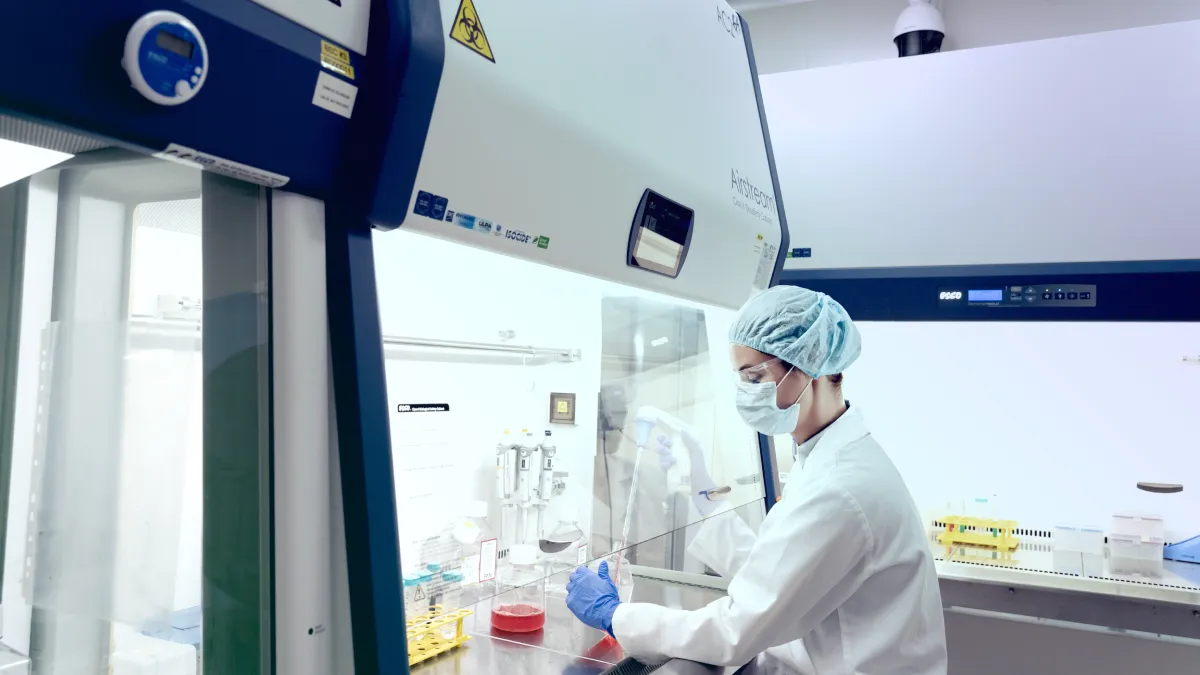Applications
Specific Advantages of Cell
Culture-derived Influenza Vaccines
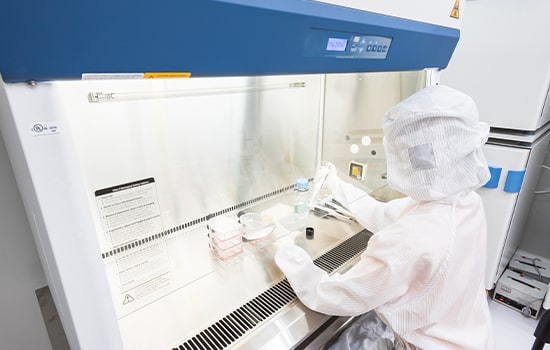
On the other hand, Cell-based influenza vaccines avoid egg-adapted changes, which means they may offer a closer match and potentially improved protection compared to standard egg-based options in some seasons (Sequirus in Healio Infectious Disease News , 2018).
The specific advantages of egg-based cultures are listed accordingly.

Uninterrupted supply
Cell lines can be extensively characterized and stored for future use without the need for repeated full range testing, and cell culture avoids dependency on supply and quality control of a raw material such as ECE. This makes it especially suitable in the event of outbreaks
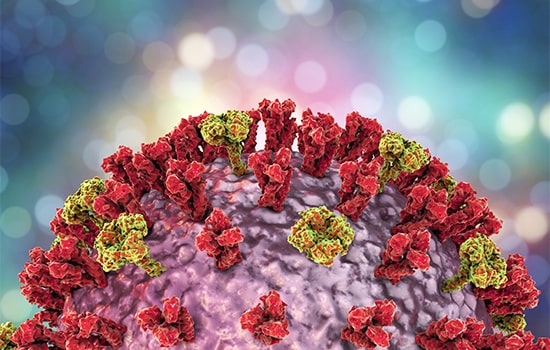
High-growth reassortants
High-growth reassortants are possible in cells especially for certain viruses like H3N2 which are not recoverable in eggs

Less risk of contamination
There is a significantly less risk of microbial contamination to the product due to greater control during the standardized manufacturing process and sterility of the cell culture, medium and raw material.

Less allergenicity
Conventional egg-based vaccines contain detectable amounts of egg proteins which can cause adverse allergic events. This is entirely preventable with cell culture –derived vaccines
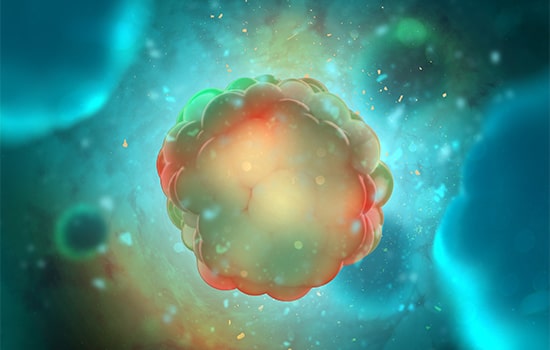
Less chances of mutation
Unlike in eggs, the process of virus propagation in cells does not induce adaptive mutations which could potentially alter antigen matching and effectiveness especially with regards to the amino acid sequence of haemagglutinin (HA)
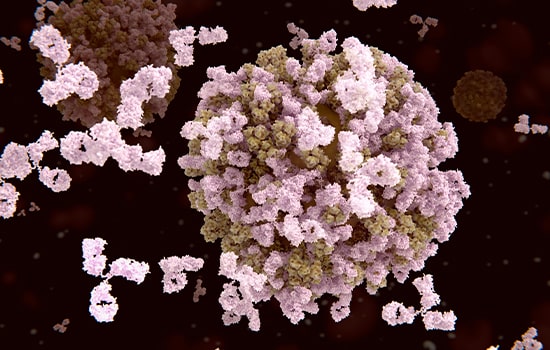
Better immunogenicity
Immune responses driven by cell culture derived Vaccines offer more cross-protection than ECE-derived (although protective efficacy may not be vastly affected)

Possible usage of shared facilities
Shared manufacturing facilities may be used for other Vaccines when the Influenza Vaccine is not under production.





